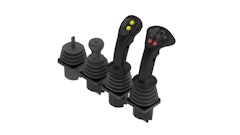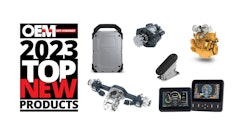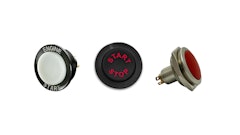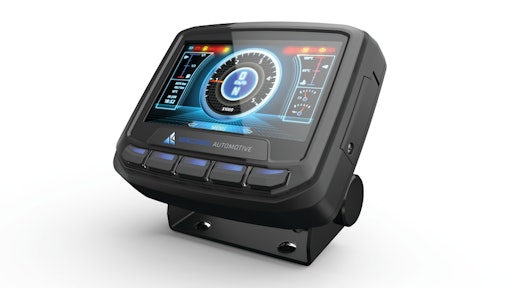
When it comes to operator displays, the automotive industry has always been a few years ahead of the off-highway industry. Christopher Lindstrom, Product Manager of Electronics and Power Products for Europe and Asia at Kongsberg Automotive, headquartered in Kongsberg, Norway, says this has more to do with the industry itself being behind than display manufacturers lacking the expertise to design the high-level displays which are becoming more common in today’s cars and consumer products.
To help close the gap, companies like Kongsberg have been further enhancing their displays to include more of the features operators are used to seeing in their cars. At the end of 2012 Kongsberg will release an updated version of its KAntrak 3700 display with features specifically geared towards the off-highway industry. Lindstrom says the new display came about because the market has been demanding more advanced functionalities, such as the ability to update the display’s software on the fly. “We added a USB port and SD card slot,” says Lindstrom, “so you don’t have to pull the display out of the vehicle to update the software program.”
Other enhancements to the display include the addition of more CAN ports for easier configuration of the display, as well as video input capabilities so a reverse camera, for example, can be included on the vehicle. “It’s actually a safety requirement for a lot of vehicles today,” says Lindstrom. “There is legislation saying [vehicles] must have a reverse camera, so when the gear is in reverse, you automatically get the reverse visibility.” (See sidebar to learn more.)
Lindstrom says GPS with an embedded antenna was added to the display, as well as Bluetooth, enabling operators to connect their smartphones to the display. This will make it easier to perform remote diagnostics, utilize telematics, and send and receive files via the phone. “We see there’s a trend moving from just engine monitoring and vehicle monitoring to infotainment,” Lindstrom says. “And smartphone connection is one of these things that we see is definitely coming more [to vehicle displays].”
Enhanced usability
“One of the main criteria we had when we developed this new product [was] to make it visible in direct sunlight,” says Lindstrom. The increased number of windows and screens in cabs today has led to displays being exposed to more sunlight, reducing effective viewing of the display screen for operators. One solution is to employ a transflective LCD which uses and reflects sunlight to provide better screen visibility. Using a more intense backlight on the LCD can also make it look better in very bright environments. “It’s all a matter of how you combine these different techniques and how you design the front lens,” says Lindstrom.
The increased amount of windows also creates challenges when determining where to place a display, especially as displays have become larger. Not only have the screens themselves continued to increase in size, but so has the amount of buttons, switches and controls being incorporated into the entire display unit. OEMs want more functionality included in the displays, as well as a clean, uncluttered cab environment. For its new KAntrak display, Kongsberg was able to create a more compact, lightweight unit that still incorporates all of the functionalities and screen size OEMs are looking for by configuring the software in a way that will allow operators to navigate through menus via backlights on the display’s buttons. John Nielsen, Product Manager for North and South America at Kongsberg, says the lit buttons also makes operation of the device easier for users. This has become increasingly more important over the last several years as the number of skilled operators has declined and there is often a different person operating a vehicle each day.
Where will it all lead?
All of the display enhancements Kongsberg and other display manufacturers are making now are leading them toward even bigger and better features, many of which have already made an appearance in the automotive industry.
One of the biggest advancements on the horizon is the incorporation of heads-up displays (HUD), which will help eliminate space-constraint concerns as well as improve operator comfort and visibility. Nielsen explains, “[HUD] projects images onto the windshield for the driver to see as opposed to looking down at a cluster.” Lindstrom continues that all of the information operators need will be right there on the windshield in front of them, removing any potential neck strain from looking down at a display all day. HUDs also help improve safety because operators can continue to focus on the road in front of them while still monitoring and controlling functions of the vehicle. (To see an example of this future technology, watch John Deere's Farm Forward video.)
This technology is already available in some passenger vehicles, such as General Motors’ Corvette, and Lindstrom says it’s not far off from entering the off-highway industry, especially in larger agricultural and construction applications. “I think within a year we will definitely see this in high-end machines,” he says. Lindstrom says Kongsberg has the capabilities to implement HUD technology; it’s just a matter of OEMs asking for it in their equipment. “These kind of features would be fairly high end and would definitely [be expensive]. So for us to develop it, it would be together with a lead customer specifying that it wants this.”
Eye recognition, hand motion control and voice control are also going to make their way into the off-highway industry. Lindstrom says voice control will be especially beneficial in applications where operators need to be in full control of the vehicle at all times. “We see these trends in consumer electronics and in the passenger car industry,” concludes Lindstrom. “Our industry is definitely a follower; in a few years we will be [where the automotive industry is].”











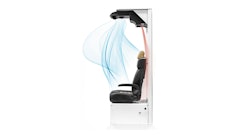

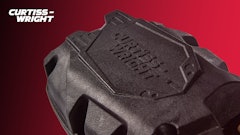
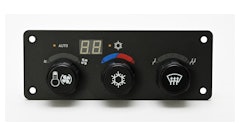
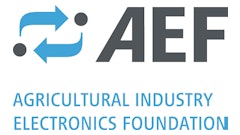
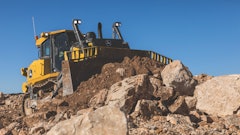
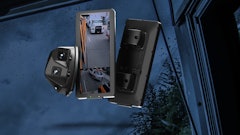

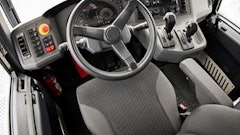
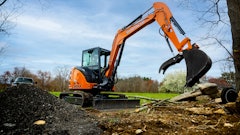
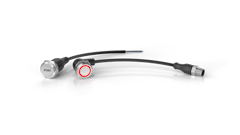
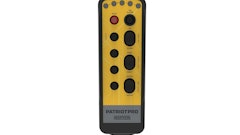
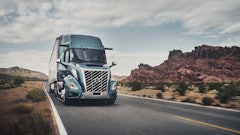


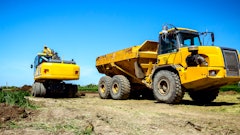
![Volvo Penta Sets Sights On Productivity Advancements 03[1]](https://img.oemoffhighway.com/files/base/acbm/ooh/image/2023/11/Volvo_Penta_sets_sights_on_productivity_advancements_03_1_.65690b8f96926.png?auto=format%2Ccompress&fit=crop&h=135&q=70&w=240)
